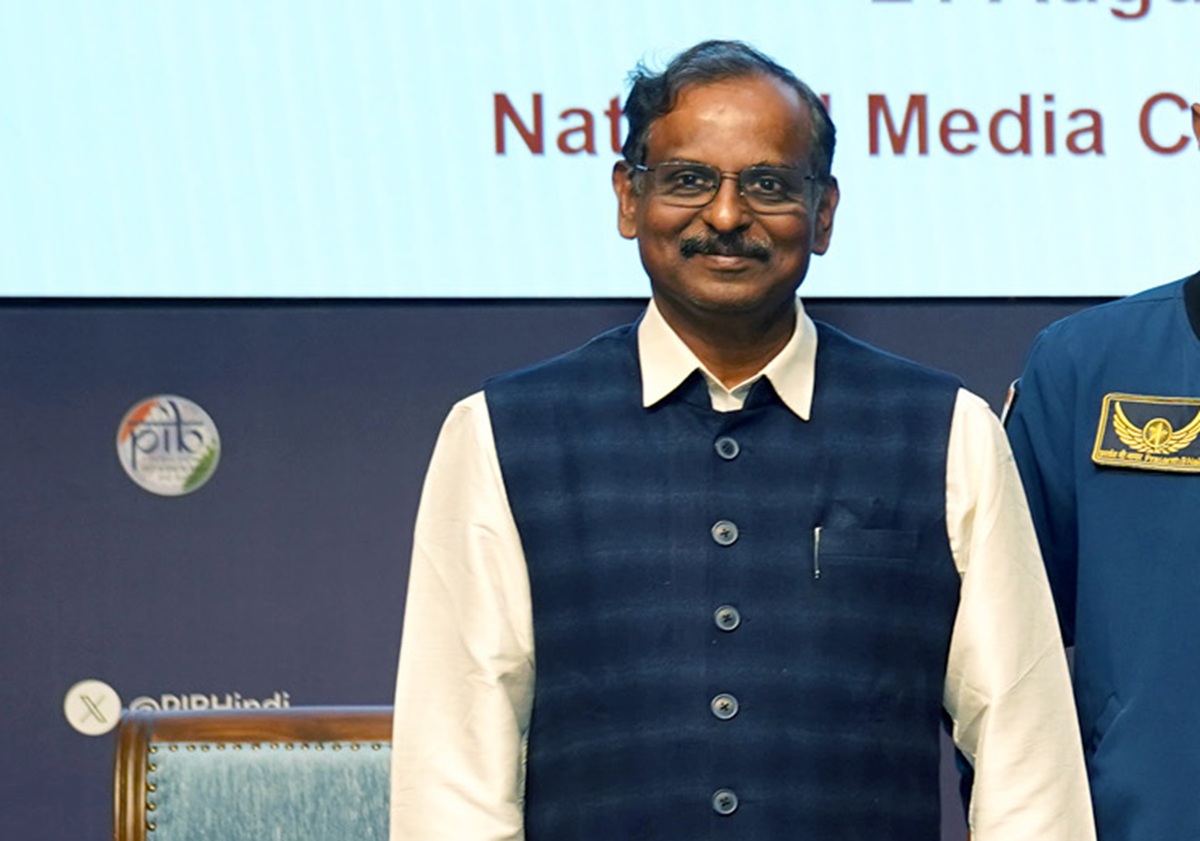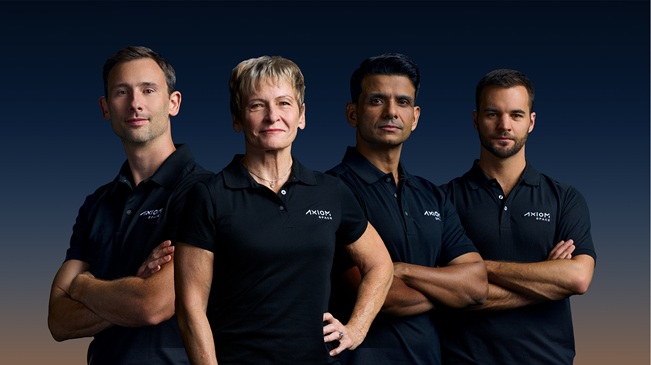Ranchi: Indian Space Research Organisation (ISRO) Chairman V. Narayanan has outlined a sweeping vision for India’s space future, placing the nation on an ambitious trajectory toward a human landing on the Moon by 2040 and the establishment of a national space station by 2035. Speaking at the 35th convocation ceremony of Birla Institute of Technology, Mesra, the ISRO chief highlighted both technological milestones and structural reforms that are transforming India into a global space power.
The Rise of India’s Space Startups
Narayanan revealed that India’s private space sector has reached an unprecedented scale, with over 300 startups operating across satellite manufacturing, launch services, and space-based analytics. Barely a decade ago, the ecosystem was limited to a handful of actors. He credited the Indian National Space Promotion and Authorisation Centre (IN-SPACe) for driving this transformation by facilitating private investments, regulatory support, and collaborations with ISRO itself.
“This sectoral shift is not just about numbers; it reflects the vibrancy of India’s entrepreneurial spirit in space technology,” Narayanan said. The surge in private participation, he added, is key to addressing India’s rising demand for satellite-backed solutions in precision agriculture, disaster management, telecommunications, and real-time transportation monitoring.
India currently commands less than two percent of the global commercial space market, but ISRO aims to expand that share to nearly 10 percent within the next decade through high-value manufacturing and advanced launch capabilities.
Towards the Moon and Beyond
Outlining ISRO’s roadmap, Narayanan confirmed that the agency is targeting its first crewed Moon landing by 2040, aligning with Prime Minister Narendra Modi’s directive to build long-term national capacity in deep space exploration. “We now have a clear mandate — to land our citizens on the Moon and bring them back safely,” he said. A Venus Orbiter Mission (VOM) has also received government approval, marking India’s next planetary science frontier.
ISRO’s first human spaceflight, Gaganyaan, remains on schedule for launch in 2027. Before that, three uncrewed test missions are planned, beginning with the Gaganyaan G1 launch this December. That mission will carry the half-humanoid “Vyommitra,” developed by ISRO’s Inertial Systems Unit, to simulate human presence and test life-support and avionics systems in orbit.
“Vyommitra symbolizes our fusion of science and spirit — she will speak, respond, and ‘breathe’ for India’s space traveler of the future,” Narayanan remarked. Two more uncrewed flights are slated for 2026 to validate safety and return procedures before astronauts undertake their maiden voyage aboard the “crewed Gaganyaan” in early 2027.
Building the Bharatiya Antariksh Station
India’s first space station — the Bharatiya Antariksh Station (BAS) — is expected to become operational by 2035, with its initial module launches projected for 2027. The station aims to serve as a hub for microgravity research, long-duration crewed missions, and international collaboration. Narayanan emphasized that the BAS will symbolize India’s commitment to indigenous technological excellence, while also serving as a stepping stone for lunar and interplanetary missions.
“From launching 35 kilograms in our early missions to envisioning 80,000 kilograms in the future, the scale of ambition reflects India’s journey toward technological sovereignty,” he said.
Rise of a Global Space Power
Narayanan lauded India’s trajectory as one of remarkable achievements — from discovering lunar water with Chandrayaan-1 to achieving the world’s first soft landing near the Moon’s south pole through Chandrayaan-3. “These feats have not only earned India global recognition but made us number one in several domains of space innovation,” he said.
Ongoing projects include Chandrayaan-4 and Chandrayaan-5, a new Mars mission, and an astronomical observatory mission called AXOM. The Aditya-L1 solar mission has already returned over 15 terabits of scientific data, deepening understanding of coronal mass ejections and solar dynamics.
India also marked another milestone by completing its 100th launch from Sriharikota earlier this year and successfully executing orbital docking through the SPADEX mission — placing it alongside the world’s foremost spacefaring nations.
AI and Robotics: The Next Frontier
Looking ahead, Narayanan said Artificial Intelligence, robotics, and big data will be the defining forces driving space exploration. “Thirty-five years ago, few could foresee how computers would reshape humanity. In the same way, AI and robotics will revolutionize how we explore and inhabit space,” he said.
ISRO’s upcoming lunar and planetary missions will heavily integrate autonomous systems to manage deep-space navigation, scientific analysis, and fault detection. “From machine learning onboard spacecraft to robotic sampling on other worlds, this integration is the future of exploration,” Narayanan added.
While reaffirming India’s strategic self-reliance, Narayanan signaled openness to global partnerships, emphasizing scientific and climate-based collaborations as essential. “Space is humanity’s frontier — our collaborations will be guided by science, strategy, and shared responsibility,” he said.
With a strong roadmap and empowered private participation, ISRO’s new leadership is steering India toward an era where its space ambitions reflect both national pride and universal progress. As Narayanan summed it up, India’s vision for the next two decades is “not just to reach the stars, but to shape the future of how humanity lives among them.”





